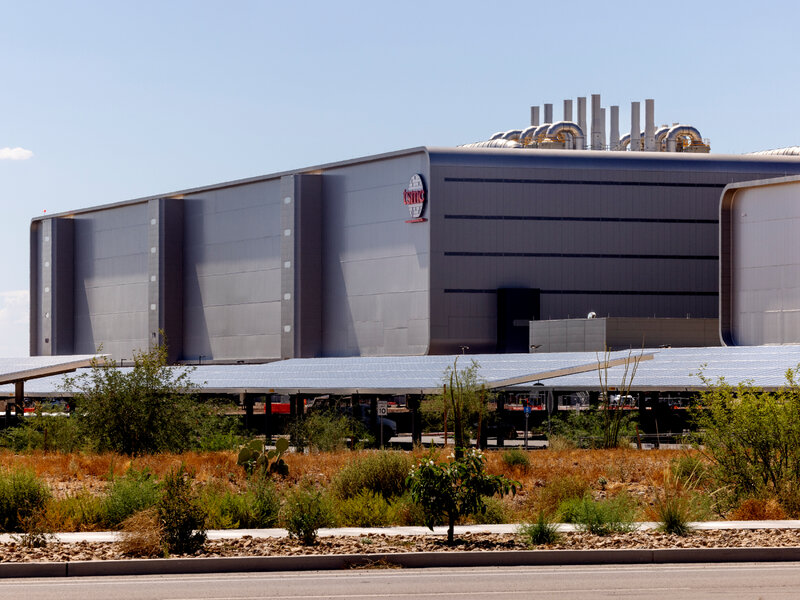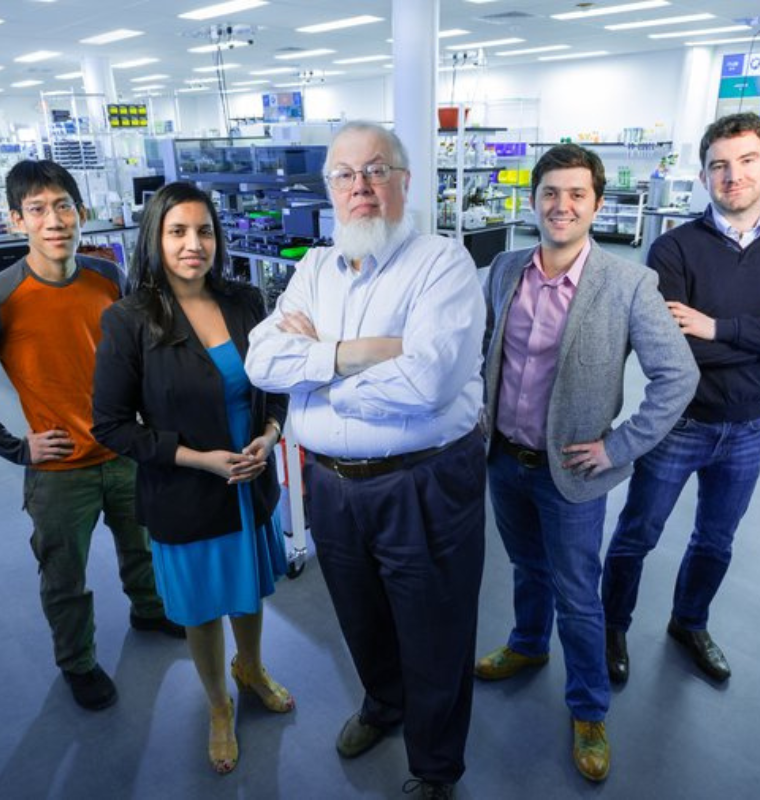Trump Threatens 100% Tariff on Chip Imports Unless Companies Manufacture in U.S.
Trump Threatens 100% Tariff on Chip Imports Unless Companies Manufacture in U.S.
By
Leah Rosenfeld
Last updated:
August 7, 2025
First Published:
November 30, 2025

Photo: The New York Times
President Donald Trump announced Wednesday that his administration will impose a 100% tariff on all imported semiconductors and chips, with one key exception—companies that are actively building or have committed to build manufacturing infrastructure in the United States will be exempt from the penalty.
This aggressive policy stance is the latest in a broader push by the Trump administration to restore and protect domestic supply chains in critical technology sectors. But questions remain around the specifics of the exemption—such as what qualifies as a sufficient U.S. manufacturing presence.
Trump’s Message: Build Here or Pay Up
“We’re going to be putting a very large tariff on chips and semiconductors,” Trump said from the Oval Office. “But the good news for companies like Apple is if you’re building in the United States—or have committed to build—there will be no charge.”
The former president’s remarks reflect a strategic move to pressure tech and chip firms to move production stateside. With semiconductors being the backbone of nearly every modern technology—ranging from smartphones to AI supercomputers—the economic and national security implications are significant.
The 100% tariff could take effect as early as next week, according to previous statements by Trump aides.
Major U.S. Investments in Chips Already Underway
Trump’s comments came shortly after Apple reaffirmed a $100 billion investment over the next four years into U.S. manufacturing and supply chain operations. This adds to the tech giant’s previous $500 billion commitment made earlier this year.
Other global semiconductor leaders are also making moves:
- Taiwan Semiconductor Manufacturing Company (TSMC), the world’s largest chip foundry, has committed a total of $165 billion toward building and expanding plants in Arizona.
- Nvidia, now the world’s most valuable public company, announced plans in April to invest $500 billion in U.S.-based AI infrastructure and manufacturing.
- GlobalFoundries, one of the largest chip manufacturers, pledged $16 billion in June to scale up fabrication facilities in New York and Vermont.
- Texas Instruments unveiled a $60 billion expansion plan for seven U.S.-based fabrication plants. Its customer list includes Apple, Nvidia, Ford, Medtronic, and SpaceX.
According to the Semiconductor Industry Association (SIA), over 130 new chip-related projects—worth a combined $600 billion—have been announced in the U.S. since 2020.
Policy Uncertainty: What Counts as "Building in the U.S."?
Despite the strong rhetoric, Trump did not clarify how much domestic production qualifies a company for tariff exemption. Would partial assembly or packaging be enough? Or would companies need to fully fabricate and design chips on U.S. soil?
Industry analysts say the lack of clarity could rattle markets and delay expansion plans. “Businesses need certainty,” said Mark Lipinski, a policy advisor at the Center for American Innovation. “This is a high-stakes sector with billions on the line—vague thresholds won't cut it.”
Strategic Context: Competing with China, Securing Supply Chains
The push for domestic chip manufacturing is rooted in growing concerns over U.S. reliance on foreign producers—particularly those based in Taiwan, which sits at the heart of geopolitical tensions between the U.S. and China.
During the 2020 pandemic, the global chip shortage exposed just how vulnerable supply chains had become, prompting Washington to pursue policies aimed at reshoring advanced manufacturing.
The CHIPS and Science Act, passed in 2022, has already provided $52 billion in subsidies and incentives for semiconductor companies investing in U.S. facilities. Trump's proposed tariffs appear to be a further enforcement mechanism to accelerate that shift.
Market Reaction and Outlook
Although equity markets remained relatively stable following the announcement, semiconductor stocks showed mixed reactions in after-hours trading. Analysts expect more volatility as tariff enforcement details emerge.
The announcement also comes amid strong earnings from major chipmakers. With demand for AI infrastructure skyrocketing, companies like Nvidia and AMD continue to report double-digit growth—further intensifying the race to dominate domestic production.
Bottom Line
Trump’s proposed 100% tariff on imported chips is a bold escalation in the ongoing battle to bring critical manufacturing back to the U.S. While the policy has already spurred massive investment, its lack of clarity could pose challenges for compliance and execution.
As Washington sharpens its tools to protect supply chains, the next chapter of semiconductor dominance will be written not just in boardrooms—but on factory floors across America.
Popular articles
Subscribe to unlock premium content
Gourmet Gold: Micro-Venture Funds and Europe’s Artisan Food Revolution

Artificial Elegance in Fashion

Ferrari’s Craft of Desire

Gourmet Gold: Micro-Venture Funds and Europe’s Artisan Food Revolution

Artificial Elegance in Fashion

Gourmet Gold: Micro-Venture Funds and Europe’s Artisan Food Revolution









